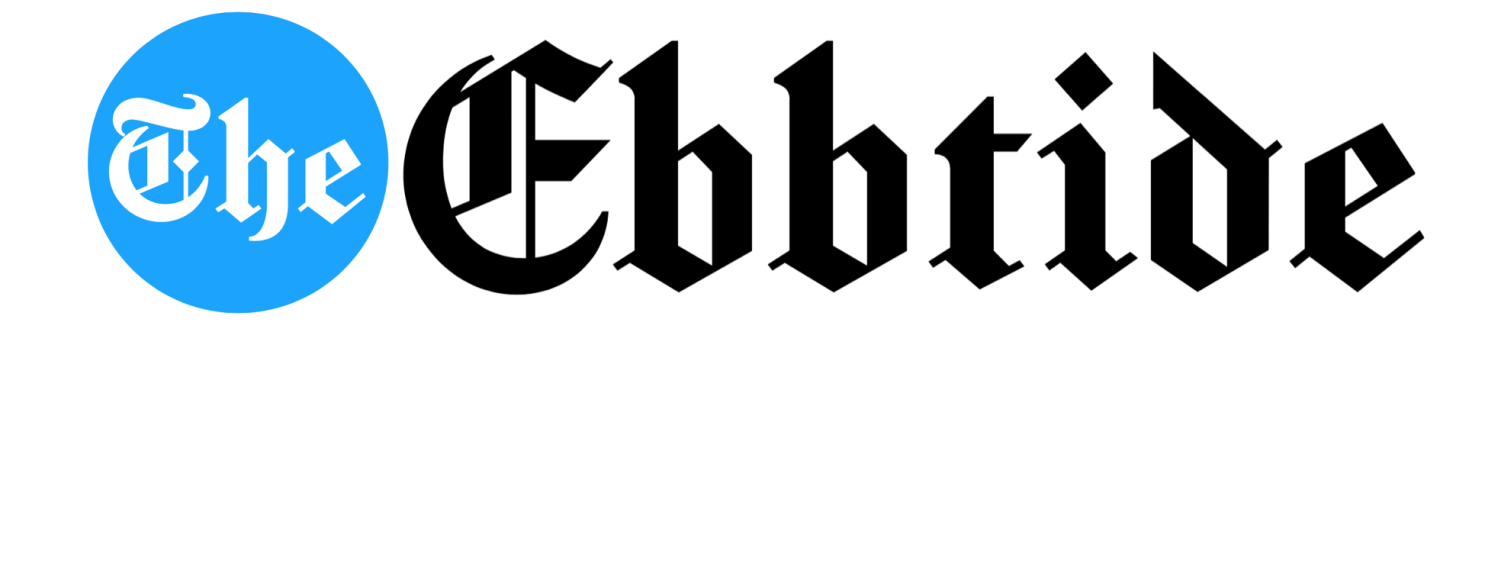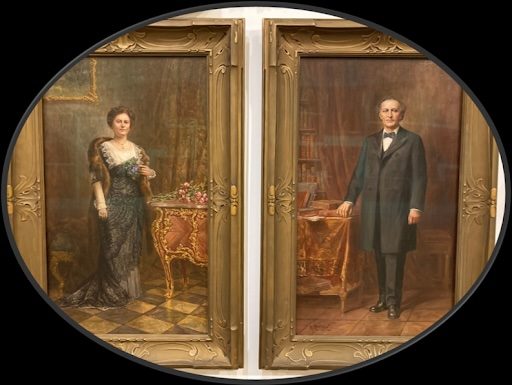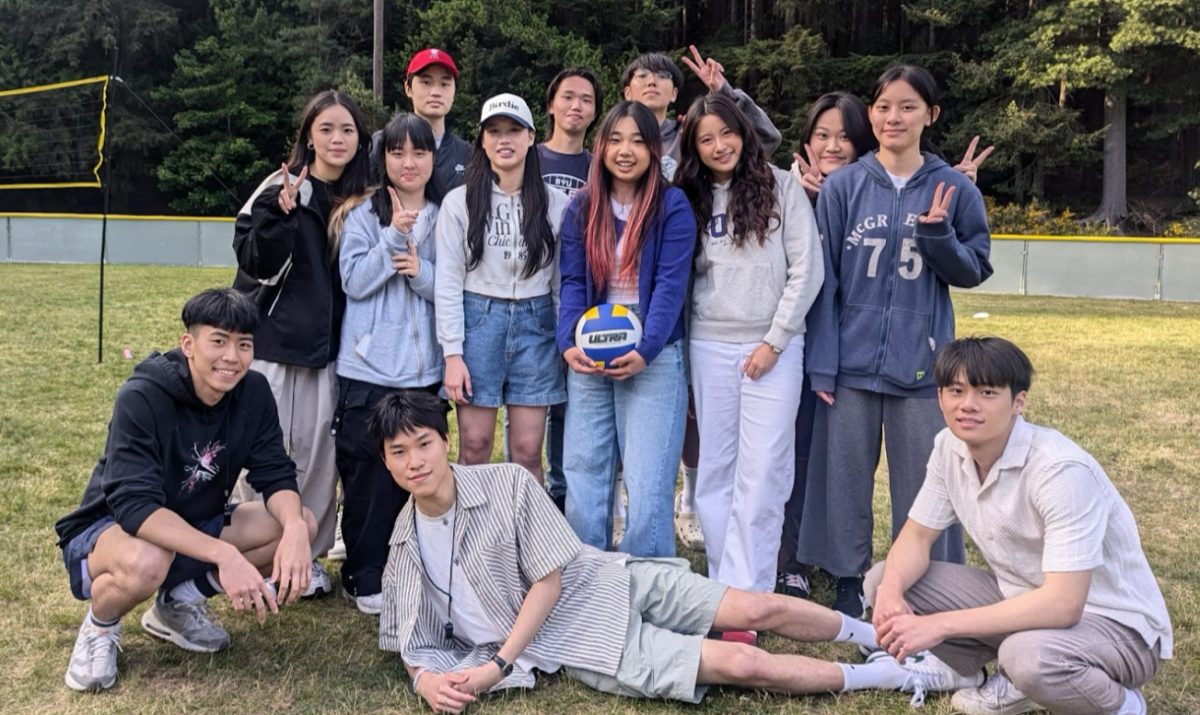KH3 UNDER THE MICROSCOPE
Spoiler Alert: For anyone who has not played the Kingdom Hearts series, there may be minor spoilers.
I am a die-hard “Kingdom Hearts” fan.
The Disney and Japanese role-playing game (RPG) was released for the Playstation 2 in March 2002 and ever since then, it’s been a hit both domestically and internationally.
The History
“Kingdom Hearts” (KH) is run by Square Enix, located in Shinjuku, Japan. It is a game-developing company well-known for creating other RPG’s such as “Final Fantasy” , “Dragon Quest,” the most recent “Tomb Raider” series and the remake/sequel “Deus Ex: Machina.”
The KH franchise is not limited to Playstation: a number of its spin-offs, prologues and side-story exclusive games are available on mobile (“KH Coded”), Nintendo DS (“KH: 358/2 Days”) and the nostalgic Gameboy Advance (“KH: Chain of Memories”).
Another (sort-of) Spoiler Alert: I have not played every single KH game, but I’m up-to-date on the storyline. I have thoroughly enjoyed every KH game that I have played due to the iconic Disney mascots from my youth, the creative “keyblade” weapon (literally a big key that can range in design as well as power, magic and defense stats) and, most importantly, the storyline and intricate relationships between all of the characters.
The story mainly focuses on Sora (Haley Joel Osment, who has voiced him since the first game), a teenager who hails from the small Destiny Islands, where he spent his sunny days with childhood friends Riku (David Gallagher) and Kairi (Hayden Panettiere, and for KH3, Alyson Stoner).
One day, Sora’s entire life is thrown into chaos as he loses his home island and his friends. He must journey to find them as numerous foes such as Organization XIII (a mysterious 13-membered group), Heartless (black shadow enemies who hunt for hearts) and even his own comrades attempt to thwart him.
The KH series has been sporadic, with the major games being released with years between each other. KH2 came out in 2005 and KH3 finally fell into our waiting hands 14 years later. Since 2002, other games that give backstories to a number of groups and characters seen in the storyline have also come out.
The Review
From a fan perspective, I love the game as a whole. With that being said, I had high expectations for KH3 and unfortunately, some of the brand-new mechanics did not impress me. On the other hand, I was blown out of the water by some of the unexpected changes.
Let’s get into a deep dive of the pros and cons of one of the most-anticipated KH games.
Characters
KH continues to feature a number of human and non-human characters, with the word “human” being bandied about loosely. There are different “types” of in-game non-playable characters and enemies (NPCs): The Heartless (people who lose their heart), Nobodies (the physical shell of people who have lost their hearts), keyblade wielders (Sora’s official title) and masters and vessels, which are replicas of real people but lack a heart and have been specifically created to hold one.
KH3 juggles these categories of characters effortlessly. I will specifically be getting into Sora, Donald and Goofy, since players spend the most time with them.

Sora
Our spiky-haired protagonist, he’s a well-rounded hero (depending on how the player wants to make him, statistically speaking), innocent and, best of all, has a pure heart. Sora is the epitome of “light,” a commonly used term in the series when referring to people who have kind hearts and good intentions and are generally either Sora’s comrades or fellow keyblade warriors.
However, in KH3, Sora seemed to be heavily dumbed-down. In previous games, the young hero is shown to go through massively traumatic events: losing Riku at one point to the darkness, put into cryo-sleep and even killed (a complicated subject). One would think that from 2002-2019, Sora’s character would’ve been developed into a somewhat “hardened” but still good-hearted and mature fighter who has quite frankly seen some deep shit.
Yet, in this game, he’s not. In fact, Sora constantly gets ridiculed by his fellow teammates, Donald and Goofy, who seem less like his friends and more like baby-sitters.
Furthermore, everyone, including now-keyblade wielders Riku and Kairi — who’ve also been dragged through the mud by now and had to train hard to earn the same title as Sora — don’t fully trust Sora’s grand potential. It seems that nobody believes in him, and furthermore, Sora doesn’t even seem to believe in himself until the absolute final moment.
Instead of graduating to the big-leagues, Sora was downgraded to have the same behavior as an unfunny, air-headed sidekick.
Goofy
“Ah-Hyuck!” — that’s a sound I’m never going to forget because in every single game that features Goofy, Square Enix feels the need to include this twisted fusion of dog and human’s infamous catchphrase.
Out of Sora’s two comrades, Goofy is more tolerable. I imagine Goofy as a slightly older lady who has gotten used to dealing with her brazenly angry and annoying husband, Donald Duck.
Unlike Donald, Goofy can shed a little wisdom. Out of the three heroes, he’s the “strength” counterpart while Donald is a powerful magician. But, Goofy’s well-thought out pieces of advice for Sora are never quite heard because of the screeching noise coming from his duck partner.
Since the beginning of the series, Goofy has remained mostly on my good side, but only because he’s the lesser of two evils. He has a strong sense of justice and always means well, yet no one ever seems to consider his words worth listening to.
Sorry dog, better luck next time.
Donald
Save the best for last, right? Generally so, but Donald is by no means my favorite.
In fact, he’s probably the character I hate the most in the entire franchise.
First, it’s his voice. Yes, ducks are known to make a high-pitched, guttural squawking noise. However, whether it was Disney or Square Enix’s call, they took the normal duck noises and heightened them to a level that should never be heard by mankind.
Second, it’s his pessimism. All light needs a little bit of realistic darkness to it, but Donald is essentially a cranky geezer who is overly cautious of everything and trusts no one — not even the sole keyblade master on his team. Donald Duck is absolutely the type of character who would shriek, “Get off my LAWN.”
Not only does Donald dampen the hero’s mood, but he also pisses off a number of people around him simply because he’s an intolerable, negative mess.
Third, it’s his listening skills. Donald doesn’t have any. It’s most likely due to the fact that he’s constantly screaming at other people or that he’s a narcissist and thinks that he’s right all the time, but Donald simply does not adhere to other characters’ advice. Of course, the only person who can get him to listen is King Mickey, whom he worships even above his own wife, Daisy Duck.
Whether it was intentional or not, Donald’s character has always had an air of arrogance around him since the beginning of the series. Square Enix certainly didn’t change that in this game.
Cutscenes and Graphics
I have to applaud the upgraded game designs. KH1’s and KH2’s original graphics were equal to a few of Square Enix’s older titles, where only the main characters had significant emotional expressions in and out of cutscenes. It could be better, but in the early 2000s, it passed the test.
Also, NPCs and secondary characters have nearly-realistic facial movements and expressions both during a cutscene and out of it.
With the new and improved framework, KH3 is visually stunning: Each world matches the film it came from — from Andy’s Room in the ToyBox world (“Toy Story”) to Elsa’s frigid wonderland (“Frozen”), the new worlds are quite appealing and in comparison to their predecessors, offers bigger maps and wider opportunities for exploration.

With that being said, although the graphics are great, the cutscenes were repetitive and took a large chunk of playing time. According to a “KH3 cutscene video” uploaded by Youtube user Sirloin, there’s nearly 12 hours worth of scenes spread throughout the entire game.
Before, the game was populated with normal conversations in which the player could just spam X and skip through it, then talk to the person again if they needed to, while cutscenes were used infrequently and only for story-related events.
KH3 certainly took the bone and ran far with it when it came to cutscenes. After every major “landmark” in the game, such as discovering a new character or moving to another portion of the map, there was an unnecessary scene. The problem was that I didn’t really want to skip because of story details and I wanted to play and see the game in its entirety.
Personally, my KH3 experience was hindered by the plethora of cutscenes.
For example, in the “Frozen” world, Elsa and Anna go through their iconic songs “Let It Go” and “Do You Wanna Build a Snowman?” while Sora just happens to be listening.
I don’t know about you, but I certainly did not expect a musical break in KH3. (Actually, there is a musical portion in KH1, but that was a mini-game and not a cutscene so I’ll let it slide.)
Enemy Encounters
In true KH fashion, players always have the option of picking their difficulty at the start screen. Even on standard mode, the enemy level seems slightly higher than expected and furthermore, there are a ton of enemy spawns.
For those who have played any “Dark Souls” games, whenever a player saves their game at the bonfire, enemies generally re-animate in their original locations. It seems that Square Enix took some inspiration from “Dark Souls” because every time I save and then come back to a previous area in KH3, the same group of enemies is ready to rumble.
Keyblades
After completing each world, which players travel to via Gummi Ship (a spaceship made of customizable weapons and blocks of various shapes and sizes), Sora receives a new keyblade based on that particular place.
My top three based on their “form changes” (which is where Sora’s keyblade is temporarily upgraded to a stronger version of itself and releases a powerful attack) are Hunny Spout, (which grants high strength) Crystal Snow (high magic) and Wheel of Fate (also high strength).
Each keyblade bears different designs, stats and power-ups.
A great side-note: KH3 allows players to choose up to three main keyblades and you can shuffle through them using the D-pad when in battle. Following the game’s tradition, you cannot access the main menu when facing enemies and must prepare beforehand.
Also, the Moogle Shop (run by the floating white creatures commonly seen in Final Fantasy games) offers keyblade upgrades if you bring them the required materials.
Furthermore, each keyblade is different for every player. For me, I value mainly strength-type weaponry while relying on my comrades for support. Any other gamer may lean more towards appearance and may choose more flashy blades, or may just rotate through them based on their own preference.
So far, the keyblades have been hit or miss for me, with a few being my normal go-to’s. Anyone who pre-ordered the game has access to an exclusive keyblade depending on what platform you used to purchase KH3 (Playstation, Xbox or Amazon).
Themes
KH focuses on classic themes: good vs. evil, friendship, love, memories, connection, trust and integrity. Sora is the representation of all of these and is also the bridge between a number of characters in the series who struggle with these messages.
KH3 hammered these into their audiences’ head through the large number of cutscenes. If it wasn’t Sora, other characters constantly mentioned how important it is to “use your heart.”
Although each time characters genuinely thought about their own actions and reflected on matters of the heart, at a certain point it became redundant.
This was one of the worst things to realize once reaching the end of the game. Not only were there unnecessary cutscenes, but there was overly corny dialogue that sounded as if it was meant for truly heartless players.
The themes were overdone and forced down our throats as if we didn’t understand them from the 12 games before this one: Having a “good” heart isn’t enough: one must have a strong heart that can hold the pain of others and can withstand the “darkness.”
If there was cutback on the cutscenes and the amount of painfully angsty dialogue, KH3 would’ve yielded more positive results from my end.
KH3 isn’t horrible — but it certainly isn’t a perfect game. Whether it meets your expectations or not, there were aspects of it that did not meet mine.
It seems like the main things the game doubled up on were cutscenes, Donald’s presentation and the amount of enemies spawning at one time.
Would I play KH3 again? Absolutely. Despite its flaws, KH3 offers a variety of side missions that are creative and fun: gummi-ship building, finding hidden emblems and reading the Gummi Phone (a blocky cellular device Sora uses to communicate with others), as well as going back to previous worlds and exploring them to your heart’s content.
Also, I’m just a fan. The KH community has supported the devastatingly long production of the newest installment and have remained faithful until the release.
This series will always have a place in my heart. I mean, what good fan wouldn’t support their team?







